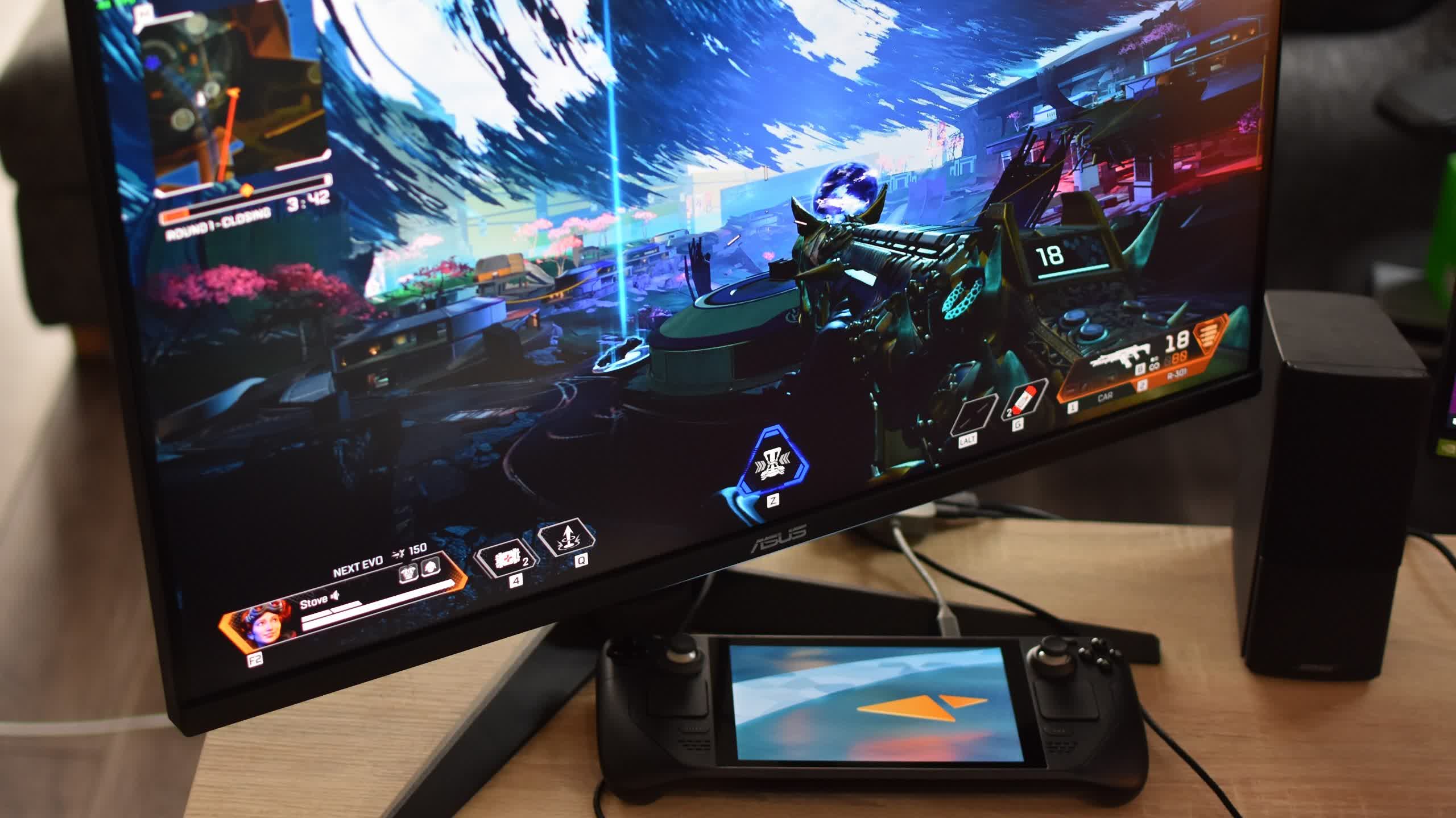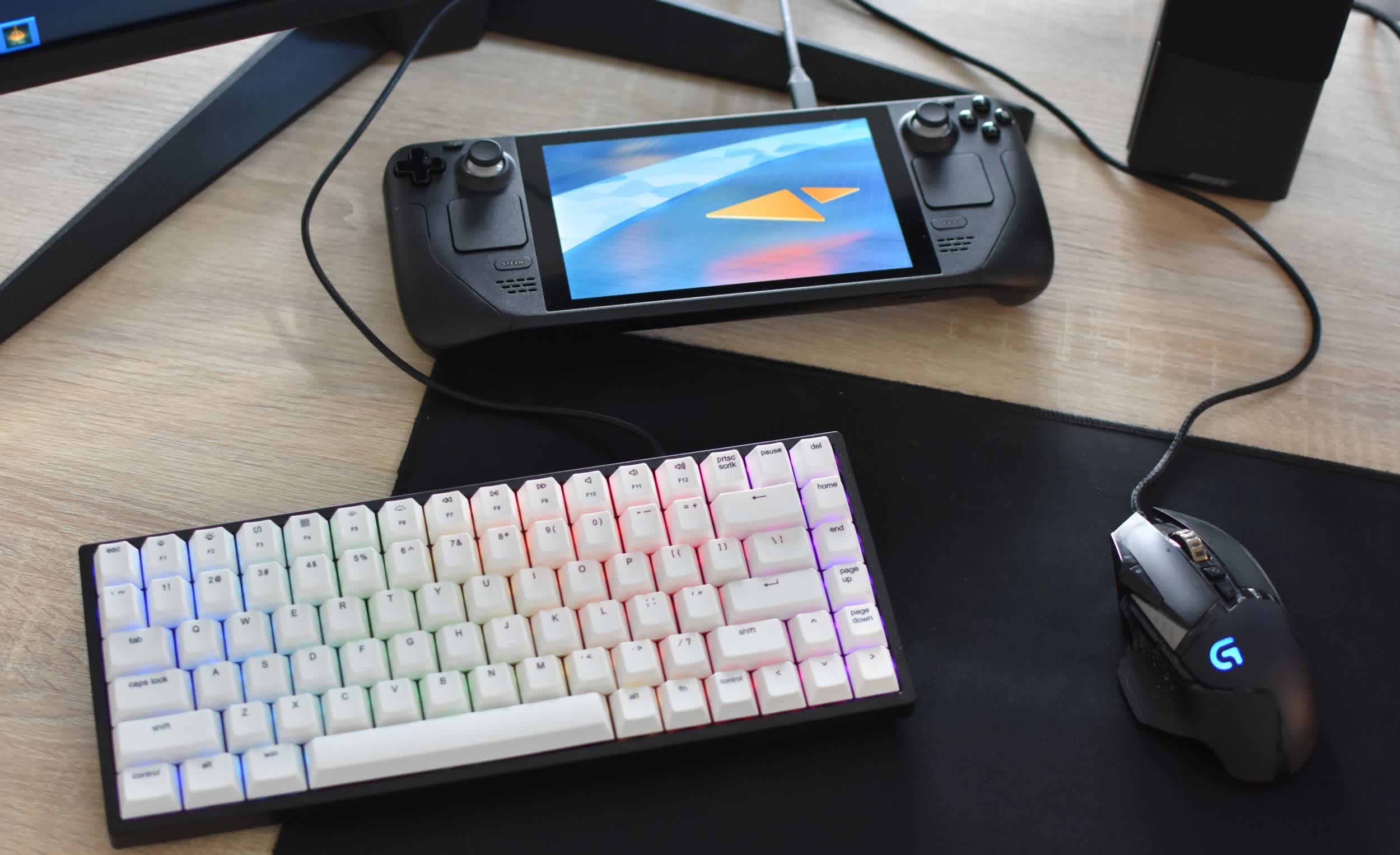Bottom line: While we can’t imagine there are many people that would purchase a Steam Deck with the express intent of using it as a desktop gaming system, it’s certainly possible to do so if need be and with some tempered expectations.

Valve’s Steam Deck is already winning over gamers with its unique blend of power, portability and pricing. It’s the go-anywhere PC gaming system that many have been waiting on, and from $399, it’s the same price as the digital edition of the PS5 and only $50 more than a Nintendo Switch with OLED screen.
It’s versatile, too. Using the Steam Deck Docking Station due out later this year or an existing powered USB-C hub, you can connect the handheld to an external display and use standalone peripherals. That begs the question: how does it actually perform as a desktop today?
Rock Paper Shotgun’s James Archer recently set out to find out, pairing the Steam Deck with a 1080p monitor as well as a standalone keyboard and mouse.

In Horizon Zero Dawn, Archer was able to average 40 frames per second using the Steam Deck’s integrated display with original quality settings. On the 1080p monitor, the average dropped to just 26 frames per second. In God of War, the Steam Deck averaged 35 fps on the integrated screen but just 20 fps when running on the external monitor.
Elsewhere, Wolfenstein II: The New Colossus went from a solid 60 fps down to around 35-45 fps at 1080p. Death’s Door also averaged 60 fps on-system but dipped to 35-40 fps on the 1080p display. And if you’re willing to lower the graphics quality a bit, titles like Elden Ring and even Crysis Remastered are perfectly playable on a 1080p display.
Image credit Rock Paper Shotgun
https://www.techspot.com/news/93718-using-steam-deck-desktop-gaming-system.html